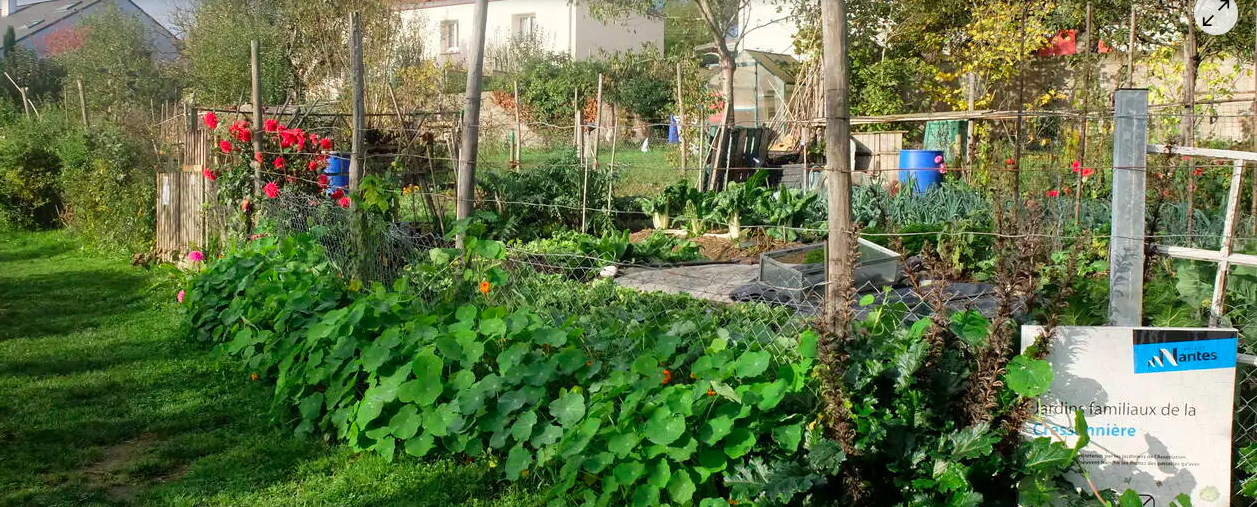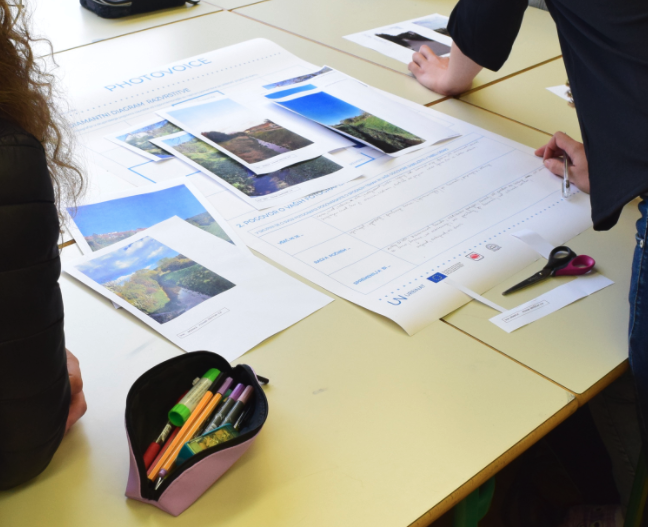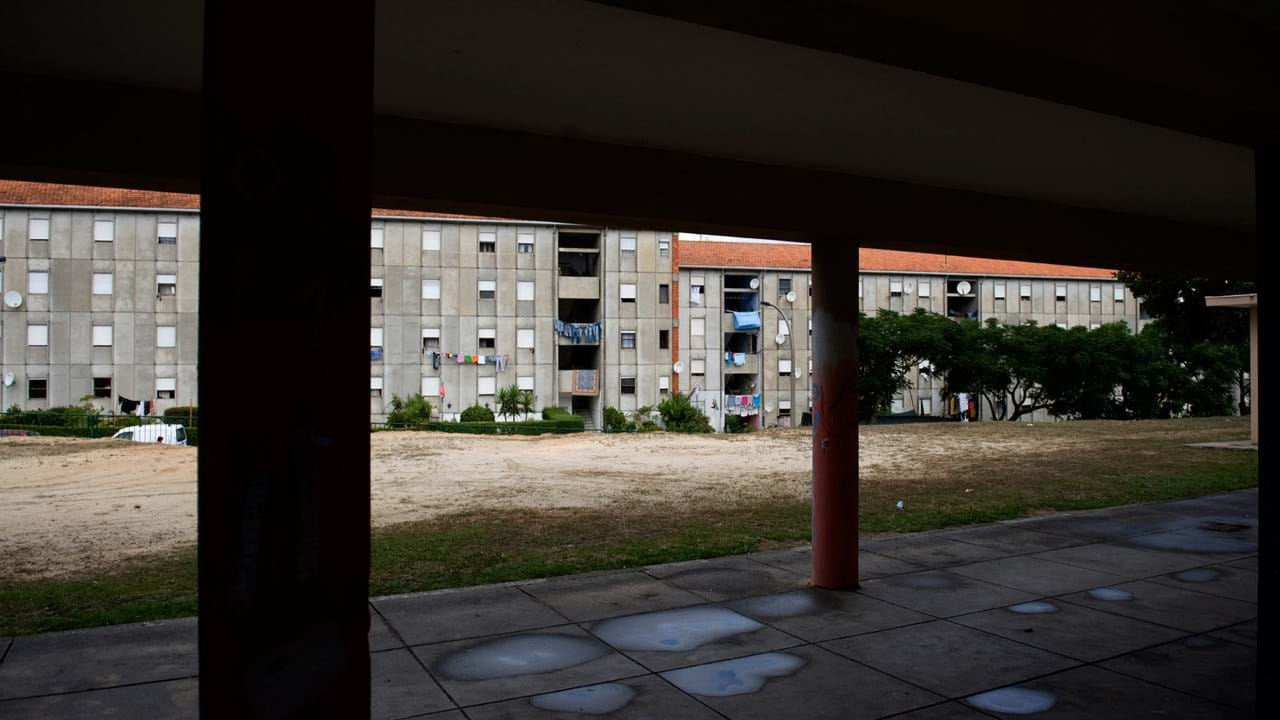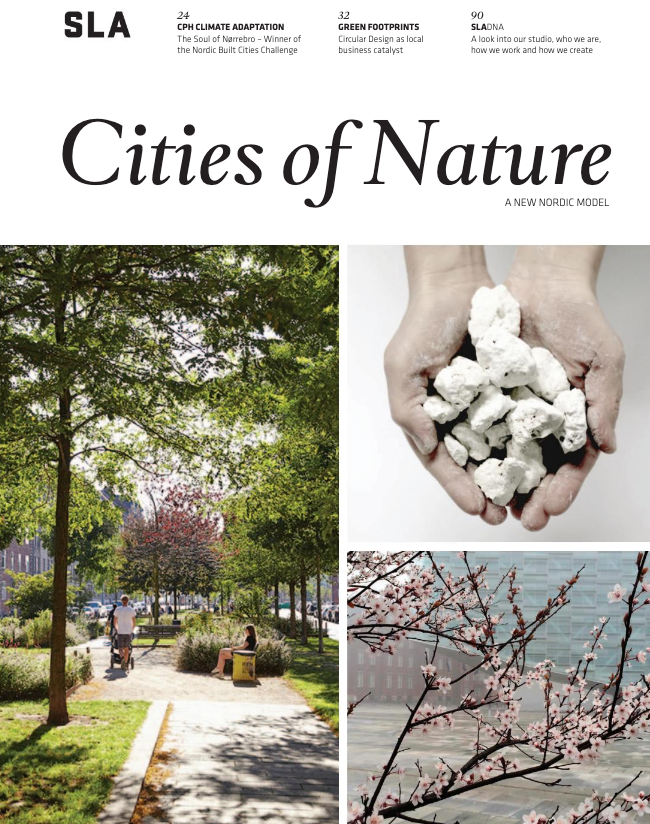Nantes. Nature at the heart of the renovation of the northern districts
Translation of Article which appeared in Ouest France Communication, 16 November 2020.
Nantes, European Capital of Innovation 2019, is constantly reinventing itself and experimenting to bring its inhabitants well-being and social cohesion. Its participation in the European Urbinat programme, which aims to bring nature back to the city, is proof of this. It is in the Quartier Nantes Nord that plants could soon be in full bloom.
What can tomorrow’s urban development models be? The major renovation project of the Nantes Nord district, a vast social housing area, is one of the European testing grounds. At the heart of the reflection carried out as part of the Urbinat programme is the question of how to bring nature into the city so that it can serve social cohesion and the health of the inhabitants, so that the living environment of the inhabitants can be improved and so that economic development can ultimately take place. After a diagnostic phase carried out between 2018, when the programme was launched, and 2020, the time has now come for proposals, experiments and the construction of projects in close consultation and collaboration with the users of the district. To exchange with citizens, all means are good and some are fun.
An application to promote dialogue with teenagers
“Last February, teenagers were experimenting with a citizen dialogue application called Super Barrio to imagine the green face of their neighbourhood. This application was developed by the Spanish partner IAAC d’Urbinat and Barrio means neighbourhood in Spanish”, says Nathalie Roguez-Villette, in charge of European projects in Nantes métropole. On 14 October, the first workshop was held, offering the inhabitants of Nantes Nord the opportunity to survey their neighbourhood and to imagine future infrastructures and developments “in order to reappropriate green spaces and give them uses”, adds Nathalie Roguez-Villette.
Greenery in high demand with the inhabitants
The city’s research institute for science and technology (IRSTV) is also a stakeholder in the Nantes project. This federation of research units attached to the CNRS, and based in Nantes, carries out “work on the urban microclimate and energy transfers in order to develop knowledge useful for the evaluation of strategies for mitigating and adapting the city to the effects of climate change. ”In the context of Urbinat, “our objective is not only to experiment with conventional solutions for greening, planting trees and recovering water in ponds, but also to develop so-called ‘technological’ processes that we work on with the inhabitants to make them their own, systems such as pots to protect seed germination or the installation of plants in difficult conditions,” explains Philippe Bodénan, a landscape architect and researcher at the CNRS (French National Centre for Scientific Research).
Green spaces that connect neighbourhoods to the city
“Nantes Nord is one of the greenest, most green neighbourhoods in the city. We must use this strong potential to enhance the district for its inhabitants but also to improve its image outside. One of the challenges of enhancement by nature is to connect the city’s neighbourhoods to each other through green spaces,” explains Béatrice Béchet, director of IRSTV and researcher at Gustave-Eiffel University. The Urbinat programme, with a budget of 13 million euros, brings together twenty-eight European partners. Nantes, Brussels (Belgium), Porto (Portugal), Siena (Italy), Sofia (Bulgaria), Hoje-Taastrup (Denmark) and Nova Gorica (Slovenia) are the seven partner cities, with the first development models due to be completed by the end of 2021 and evaluated in 2022.
To find out more about the citizen dialogue that has been organised around the Urbinat project in Nantes, which aims to improve the living environment of the Nantes Nord district in order to improve health, well-being and social cohesion among the inhabitants, click here.
Discover the entire e-dossier “Imagining the city of tomorrow with citizens”, by Nantes Métropole





